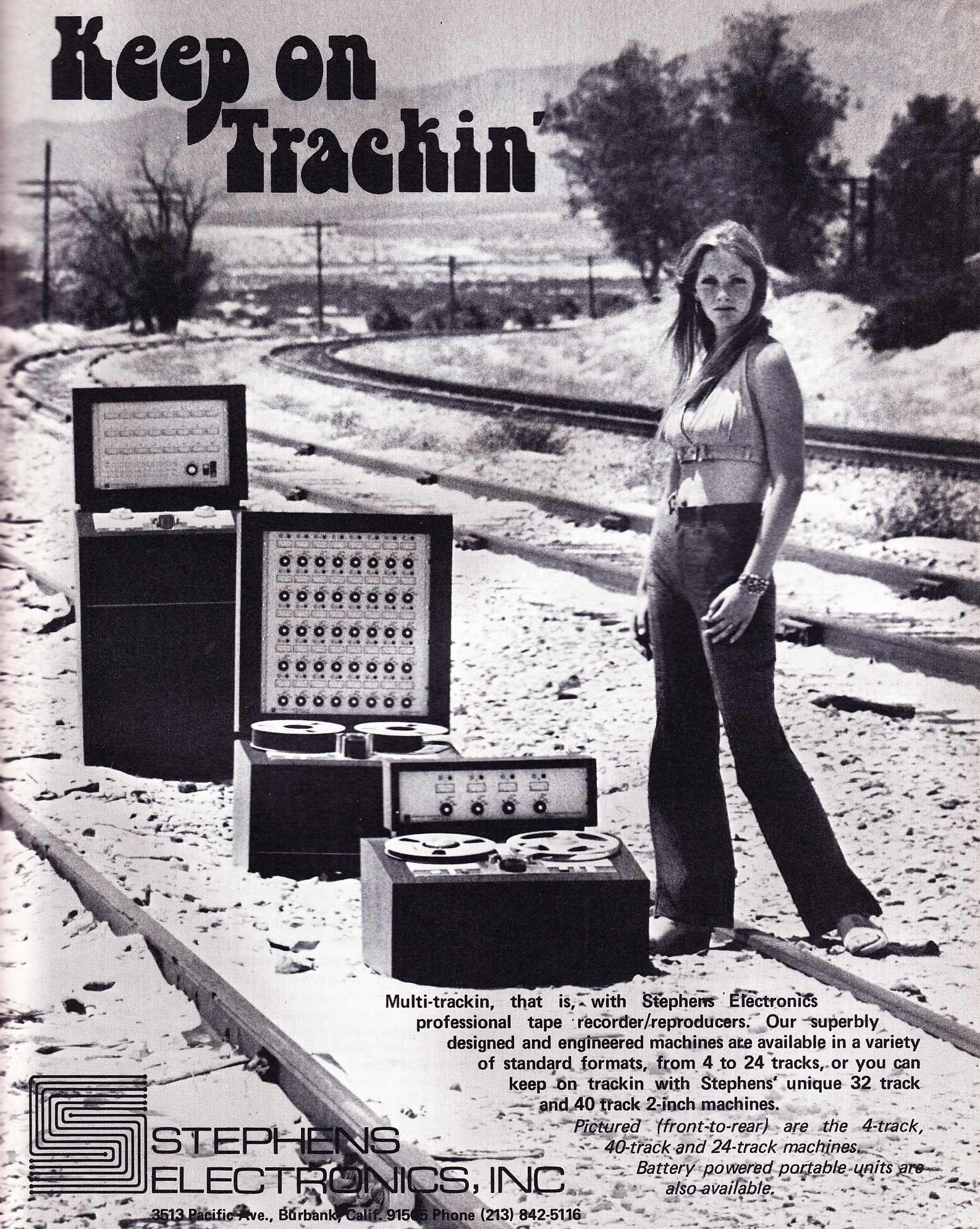pucho812
Well-known member
I always find these so interesting... Makes me feel good about the sounds I get at the studio and how the sum of the parts is what counts.
deconstructing dear prudence.
deconstructing dear prudence.
think that song was the inspiration for the 40 track StephensThis reminds me when a close friend/studio owner somehow got the tracks for "Bohemian Rhapsody". Perhaps they came from Guitar Hero or one of the other games. It was pretty amazing to hear Freddy soloed and hear a series of punchins before he sang a particular line...breath...breath.....sing!
We fought our best to recreate the ultimate mixdown ourselves. VERY complicated set of tracks with random parts popping in and out all over the tracks. Also, IIRC three tracks were bass guitar.....which struck me as odd since it was 24 track. It wasn't cut on a Stephens 40 track as has been widely mis-reported.
I only knew of one, and that was roy Thomas bakers. But cool to know there were others. Quirky machines for a quirky L.A. individual. nothing really in the machines. From the schematics I have seen, his discrete Audio circuit ran off a -24VDC and were pretty sparse.John Stephens (RIP) deserves his own thread here! Until the past few years, I did some servicing on one (of two) 40 track machines originally owned by Leon Russell.
Was that 40T on 2 inch tape?As I recall the Stephens 40T was SOTA for back in the day. I never saw one in the wild.
JR

Enter your email address to join: